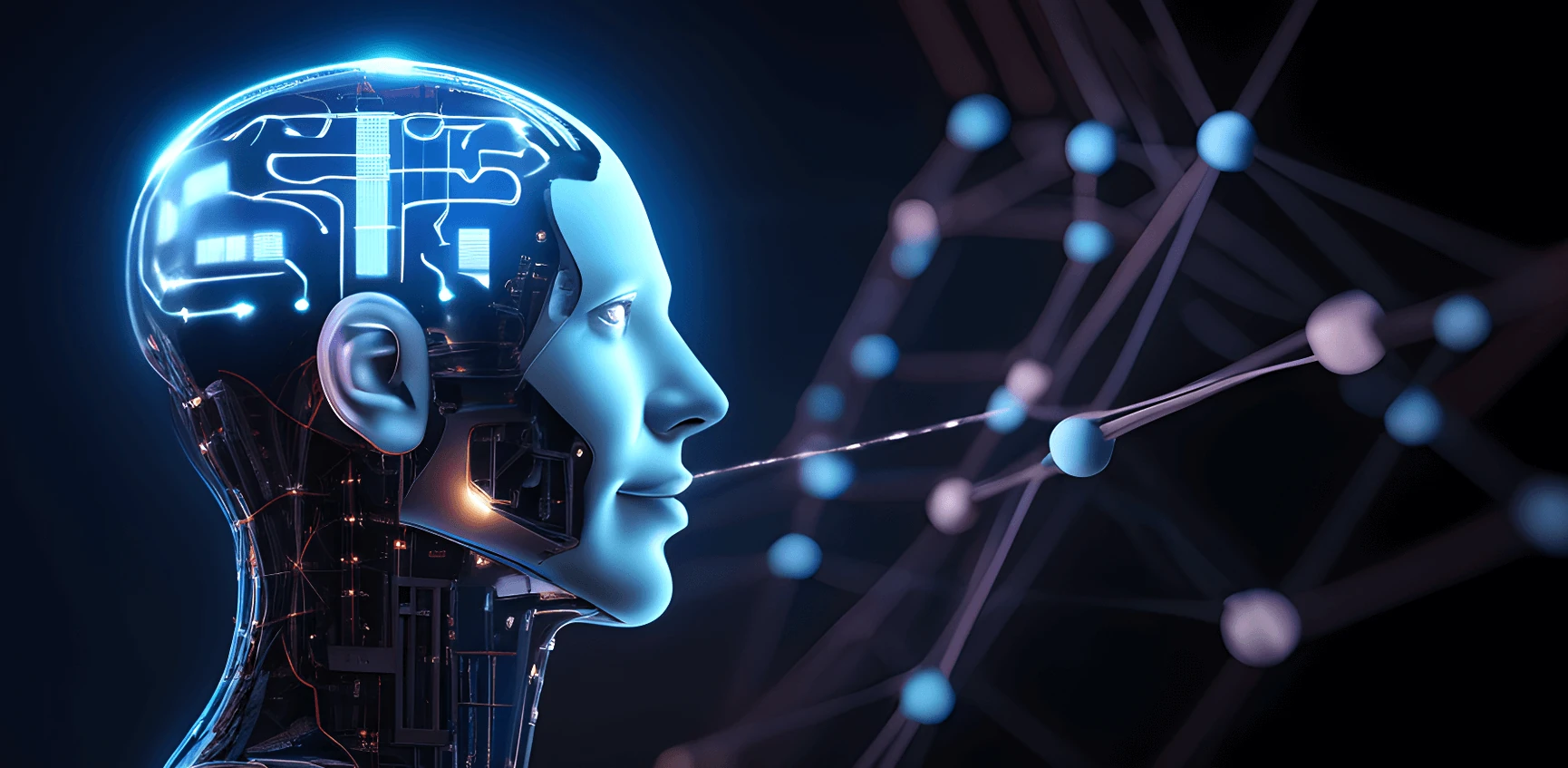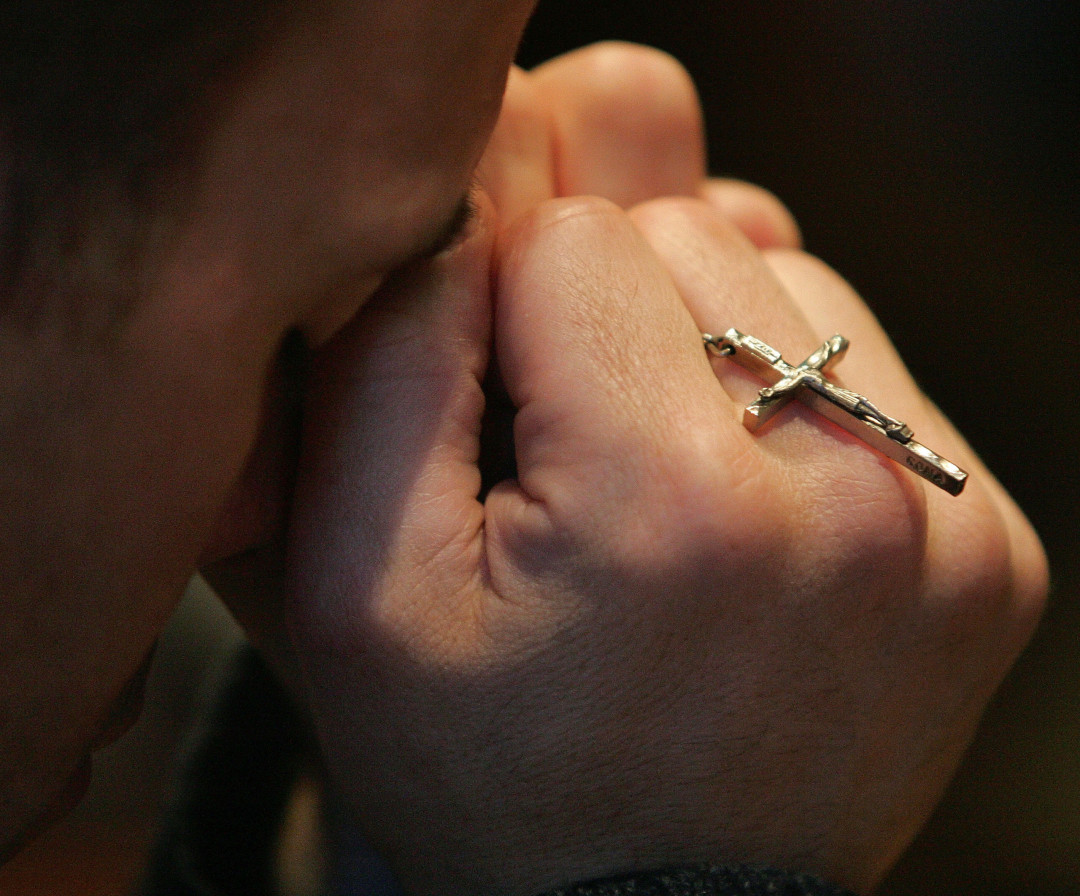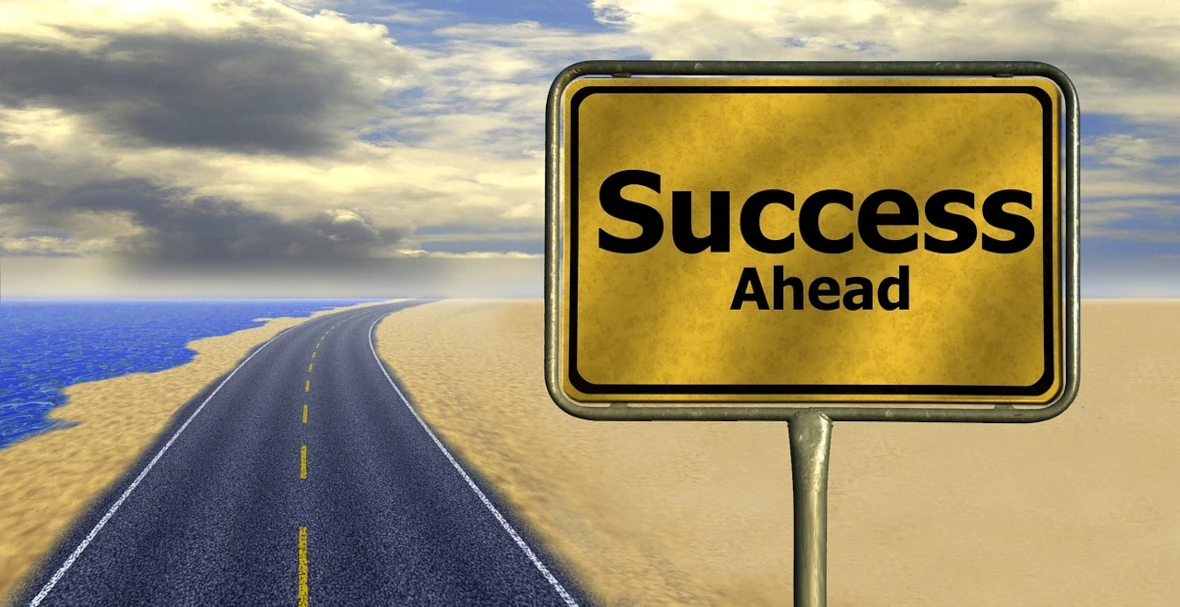In an era where our lives are increasingly intertwined with the digital world, it’s easy to find ourselves drowning in a sea of notifications, endless scrolling, and digital clutter.
The concept of digital minimalism has emerged as a beacon of hope for those seeking to reclaim their time, attention, and mental space from the clutches of excessive technology use. This piece delves into how you can apply minimalist principles to your online existence, creating a more intentional and fulfilling relationship with technology.
Table of contents
- Understanding Digital Minimalism
- Assessing Your Digital Footprint
- Strategies for Digital Decluttering
- Creating a Minimalist Digital Lifestyle
- Virtual Organization for Increased Productivity
- Data Minimalism: Protecting Your Digital Footprint
- Digital Wellness and Mental Health
- Overcoming Challenges in Digital Minimalism
- Conclusion
- References
Understanding Digital Minimalism
What is Digital Minimalism?
Digital minimalism is a philosophy that encourages us to be more intentional about our technology use. Coined by Cal Newport in his book “Digital Minimalism: Choosing a Focused Life in a Noisy World,” this approach advocates for a thoughtful reduction of digital consumption and a reevaluation of the role technology plays in our lives [1].
The Philosophy Behind Digital Minimalism
At its core, digital minimalism is about aligning our technology use with our values and goals. It’s not about completely eliminating digital tools from our lives, but rather about using them in a way that enhances our well-being and productivity. The philosophy encourages us to question whether each digital tool, app, or service truly adds value to our lives or simply creates noise and distraction.
Benefits of a Minimalist Approach to Technology
Embracing digital minimalism can lead to numerous benefits:
- Improved focus and productivity
- Reduced stress and anxiety
- Better sleep quality
- Enhanced real-world relationships
- Increased creativity and problem-solving abilities
- More free time for meaningful activities
A study published in the Journal of Social and Clinical Psychology found that limiting social media use to 30 minutes a day led to significant reductions in loneliness and depression [2].
Assessing Your Digital Footprint
Taking Stock of Your Online Presence
Before embarking on a digital detox journey, it’s crucial to understand the extent of your digital presence. This involves:
- Listing all your active online accounts
- Cataloging the devices you use regularly
- Reviewing your app usage statistics
- Examining your email subscriptions and notifications
Identifying Digital Clutter
Digital clutter can manifest in various forms:
- Unused apps taking up space on your devices
- Overflowing email inboxes
- Multiple social media accounts with overlapping purposes
- Excessive notifications disrupting your focus
Recognizing Time-Wasting Digital Habits
Pay attention to your digital behaviors that may be unnecessarily consuming your time and attention:
- Mindless scrolling through social media feeds
- Constantly checking emails or messages
- Binge-watching streaming content
- Falling into internet rabbit holes of irrelevant information
Strategies for Digital Decluttering
Streamlining Your Devices
App Audit: Keep, Delete, or Replace
Conduct a thorough review of the apps on your devices:
- Keep: Apps that genuinely add value to your life or work
- Delete: Apps that you rarely use or that don’t align with your goals
- Replace: Find minimalist alternatives for apps that serve a necessary function but may be overly complex
Research shows that the average smartphone user has 80 apps installed but only uses about 9 daily [3]. Be ruthless in your audit to significantly reduce digital clutter.

Organizing Digital Files and Folders
Implement a clear organizational system for your digital files:
- Use descriptive file names
- Create a logical folder structure
- Regularly delete or archive unnecessary files
- Utilize cloud storage for easy access and backup
Taming Your Inbox
Implementing Inbox Zero
Inbox Zero is a rigorous approach to email management aimed at keeping your inbox empty—or almost empty—at all times. Here’s how to get started:
- Set aside time to process emails in batches
- Use the “2-minute rule”: If an email can be dealt with in 2 minutes or less, do it immediately
- Archive or delete emails that don’t require action
- Use folders or labels to organize emails that need further attention
Email Management Techniques
- Unsubscribe from newsletters you no longer read
- Use filters to automatically sort incoming emails
- Set up auto-responders for common inquiries
- Limit checking emails to specific times of the day
Social Media Detox
Evaluating Your Social Media Usage
Take an honest look at your social media habits:
- Track the time spent on each platform
- Assess the value you’re getting from your social media use
- Identify which platforms align with your personal or professional goals
Techniques for Mindful Social Media Consumption
- Use browser extensions or built-in app features to set daily time limits
- Turn off push notifications for social media apps
- Unfollow or mute accounts that don’t positively contribute to your feed
- Designate specific times for social media use, rather than checking sporadically throughout the day
A study by the University of Bath found that taking a one-week break from social media can lead to significant improvements in well-being, depression, and anxiety [4].
Creating a Minimalist Digital Lifestyle
Establishing Digital Boundaries
Setting Screen Time Limits
Use built-in tools like Apple’s Screen Time or Android’s Digital Wellbeing to:
- Set daily allowances for app usage
- Schedule downtime when only essential apps are available
- Receive weekly reports on your device usage
Creating Tech-Free Zones and Times
Designate specific areas and periods in your daily life as technology-free:
- Implement a “no phones at the dinner table” rule
- Keep devices out of the bedroom to improve sleep hygiene
- Establish a “digital sunset” time when you stop using devices before bed
Research indicates that the blue light emitted by screens can disrupt our circadian rhythms, making it harder to fall asleep [5].
Mindful Technology Use
Practicing Digital Mindfulness
Incorporate mindfulness into your digital interactions:
- Take deep breaths before checking your phone or opening social media
- Ask yourself, “Is this the best use of my time right now?” before engaging with digital content
- Practice mono-tasking instead of multi-tasking when using technology
Choosing Quality Over Quantity in Digital Consumption
Focus on consuming high-quality, enriching digital content:
- Curate your social media feeds to include inspiring and educational content
- Subscribe to thoughtfully produced newsletters instead of following every news outlet
- Choose long-form articles or in-depth podcasts over quick, surface-level content
Virtual Organization for Increased Productivity
Digital Tools for Minimalists
Productivity Apps That Promote Simplicity
Some apps align well with digital minimalism principles:
- Todoist: A clean, simple task manager
- Evernote: For streamlined note-taking and organization
- Forest: Gamifies the concept of focusing and avoiding phone use
- RescueTime: Tracks your digital activities to promote awareness
Cloud Storage Solutions for Minimalists
Utilize cloud storage to reduce local clutter and ensure access across devices:
- Google Drive: Integrates well with other Google services
- Dropbox: Offers simple file syncing and sharing
- pCloud: Provides lifetime plans for those looking to minimize recurring subscriptions
Data Minimalism: Protecting Your Digital Footprint
The Importance of Data Privacy
In an age of data breaches and privacy concerns, minimizing your digital footprint is crucial:
- Regularly review and update your privacy settings on social media and other online accounts
- Be cautious about the personal information you share online
- Use a password manager to create and store strong, unique passwords for each account
Auditing Your Online Accounts and Permissions
Conduct a regular audit of your online presence:
- List all your online accounts
- Delete accounts you no longer use
- Review app permissions and revoke unnecessary access
- Use tools like Have I Been Pwned to check if your data has been compromised in known breaches
Minimizing Your Data Trail
Take steps to reduce the amount of data you generate:
- Use privacy-focused search engines like DuckDuckGo
- Consider using a VPN to encrypt your internet traffic
- Opt out of data collection when possible, especially for non-essential services

Digital Wellness and Mental Health
The Connection Between Digital Clutter and Stress
Research has shown a strong link between excessive technology use and increased stress levels. A study published in the journal Computers in Human Behavior found that high levels of smartphone use were associated with higher levels of anxiety and depression [6].
Cultivating Digital Habits for Better Mental Health
Develop habits that promote digital wellness:
- Practice digital sabbaths: Take regular breaks from technology, whether it’s for a few hours each day or a full day each week
- Engage in digital fasting: Periodically abstain from specific digital activities or platforms
- Use mindfulness apps to encourage relaxation and stress reduction
- Prioritize in-person social interactions over digital communications when possible
Balancing Online and Offline Life
Strive for a harmonious balance between your digital and physical worlds:
- Schedule offline activities with the same priority as online commitments
- Use technology to enhance real-world experiences, not replace them
- Cultivate hobbies and interests that don’t require screens
Overcoming Challenges in Digital Minimalism
Dealing with FOMO (Fear of Missing Out)
FOMO can be a significant barrier to digital minimalism. Combat it by:
- Reminding yourself that you don’t need to know everything happening online
- Focusing on the benefits of being present in your offline life
- Cultivating a sense of gratitude for the experiences you are having
Navigating Work and Personal Digital Boundaries
In a world where work often bleeds into personal time, it’s crucial to establish clear boundaries:
- Use separate devices or user profiles for work and personal use if possible
- Set clear “office hours” for checking work-related communications
- Communicate your digital boundaries clearly with colleagues and supervisors
Maintaining Digital Minimalism in a Hyper-Connected World
Staying committed to digital minimalism can be challenging. Here are some strategies to help:
- Regularly reassess your digital needs and adjust your approach accordingly
- Join online communities or local groups focused on digital minimalism for support and ideas
- Share your experiences and goals with friends and family to create accountability
Conclusion
Embracing digital minimalism is not about rejecting technology outright, but about fostering a more intentional and balanced relationship with our digital tools. By applying minimalist principles to our online existence, we can reduce stress, increase productivity, and create more space for the things that truly matter in life.
As you embark on your digital detox journey, remember that it’s a personal process. What works for one person may not work for another. Be patient with yourself, and don’t be afraid to experiment with different strategies to find what best suits your lifestyle and goals.
Start small by implementing one or two of the strategies discussed in this article. Perhaps begin with a social media detox or by decluttering your email inbox. As you experience the benefits of these changes, you’ll likely feel motivated to expand your digital minimalism practices further.
Remember, the goal is not perfection, but progress. Every step you take towards a more mindful and minimalist digital life is a step towards greater well-being and fulfillment in our increasingly connected world.
References
[1] Newport, C. (2019). Digital Minimalism: Choosing a Focused Life in a Noisy World. Portfolio.
[3] App Annie. (2017). Spotlight on Consumer App Usage.
[5] Harvard Health Publishing. (2020). Blue light has a dark side.
[6] Thomée, S., Härenstam, A., & Hagberg, M. (2011). Mobile phone use and stress, sleep disturbances, and symptoms of depression among young adults – a prospective cohort study. BMC Public Health, 11, 66. LINK










